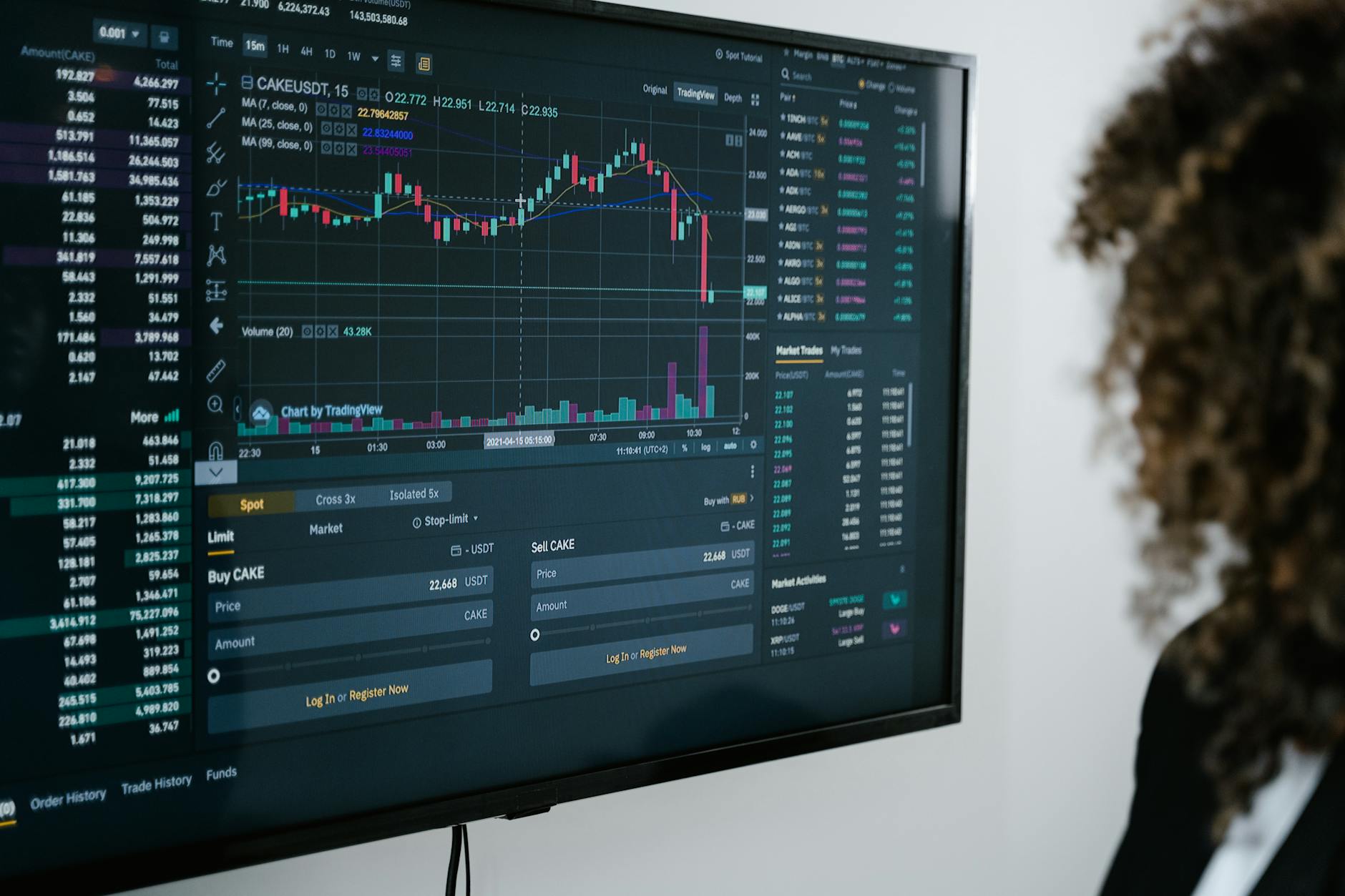—
Exploring the ever-evolving landscape of the global cannabis market, it’s imperative to delve into the key trends driving industry growth, the impact of legalization, changing consumer behavior, and the burgeoning investment opportunities. Recognizing these developments could be instrumental in formulating strategies for stakeholders in the cannabis industry.
The global cannabis market, valued at USD 9.1 billion in 2020, is projected to grow with a Compound Annual Growth Rate (CAGR) of 26.7% from 2021 to 2028. This substantial industry growth is primarily driven by the increasing legalization of cannabis for both medical and recreational uses.
Over the last decade, the legalization impact has significantly transformed the cannabis landscape, particularly in North America. As of 2021, Canada and 36 states in the U.S. have greenlighted medical marijuana, while 15 states and Washington D.C. have allowed recreational use. Consequently, an increasing number of businesses are entering the market, fostering more competitive and diverse offerings.
Changing consumer behavior is also contributing to this burgeoning industry. Cannabis products are shifting from the shadows to mainstream consumer consciousness, thanks to popular culture, wider societal acceptance, and a growing body of scientific research supporting its medicinal benefits. Today’s cannabis consumers value quality, safety, and efficacy, prompting brands to invest heavily in research and development to meet these demands.
A prominent trend in the current cannabis landscape is the diversification of product categories. The industry is no longer limited to the traditional form of dried flowers for smoking. Edibles and concentrates are becoming increasingly popular, per a market analysis. Edibles, such as gummies, cookies, and chocolates, allow consumers a discreet and measured way of consuming cannabis, while concentrates offer a potent, nuanced, and sophisticated experience for seasoned users.
Following the notion of sustainable and organic products, certain agricultural practices in the cannabis industry are gaining attention. Organic cannabis cultivation, which minimizes the use of synthetic pesticides and fertilizers, is becoming increasingly popular. Also, water-saving techniques and energy-efficient indoor farming operations are being utilized to meet the industry’s sustainability targets.
From an investment perspective, the cannabis industry offers significant opportunities. As policymakers continue to explore legalization and destigmatization, an increasing number of venture capitalists, private equity firms, and even traditional institutional investors are entering the fray. According to recent figures, marijuana sales in the U.S. alone could hit $30 billion by 2025.
However, despite the promising prospects, investors need to understand that the cannabis industry is still maturing and thus retains inherent risks and uncertainties. For example, even though cannabis is gaining legal acceptance in many states, it’s still illegal under federal U.S. law. This legal paradox presents numerous operational obstacles for companies, impeding access to banking, insurance, and tax deductions.
Looking at a global market analysis, the future of the cannabis industry seems bright despite these challenges. The Asian market, albeit in its nascent stage, is warming up to the potential of medical cannabis. Turns to Europe, Germany is leading the charge with a well-established medical cannabis program. With its broad access to the EU market, it’s likely that Europe could soon become a significant player in the global cannabis economy.
In conclusion, the cannabis industry is indeed thriving, driven by changing legislation, evolving consumer behavior, innovation, and significant investment. While the industry is laden with challenges thanks to its relative infancy and complex legislative environment, the scope for growth and development is undeniable. As we move forward, stakeholders must remain attuned to this dynamic environment, adapting to changing norms and seizing opportunities to ensure their businesses thrive in the resplendent world of green.


